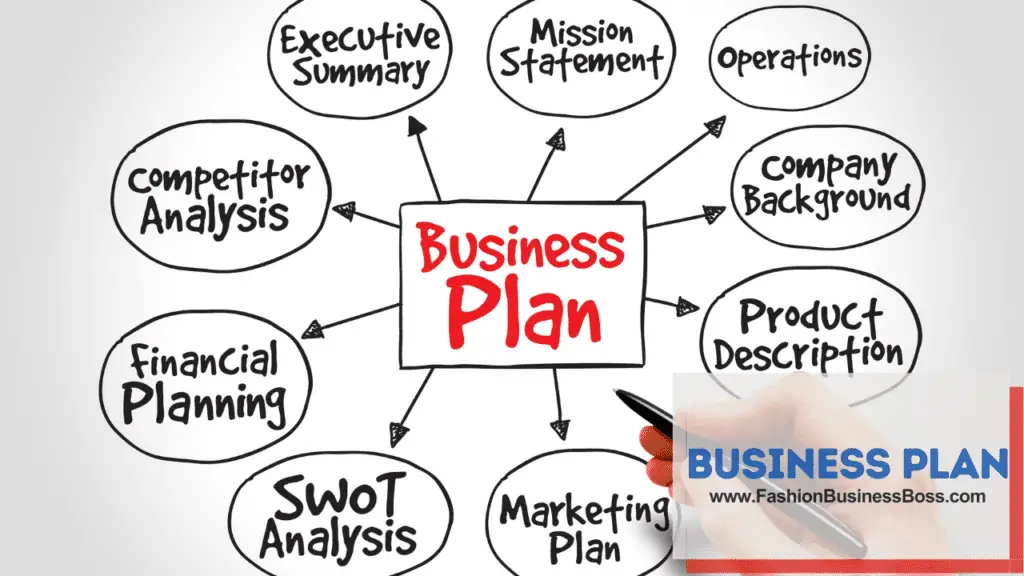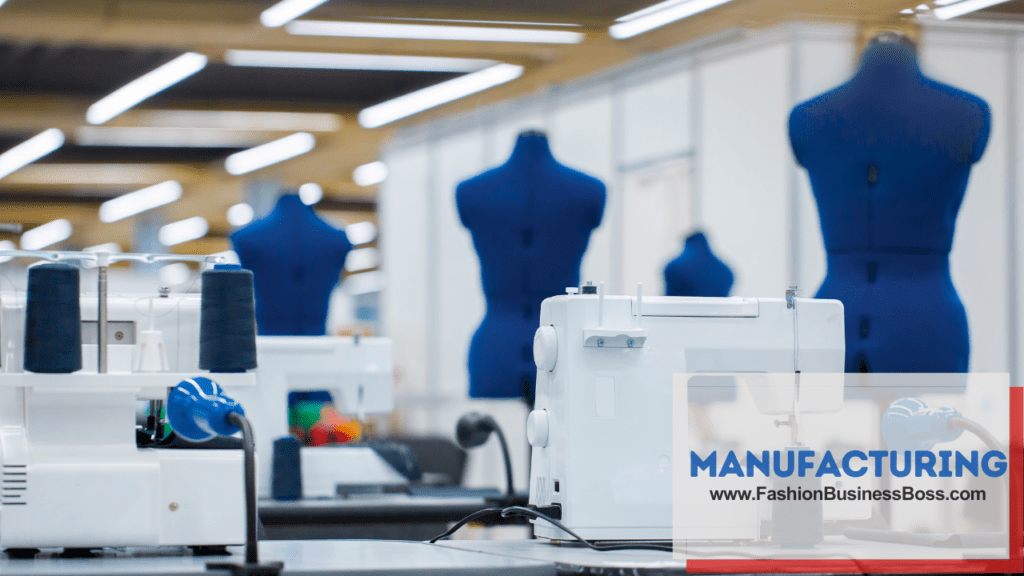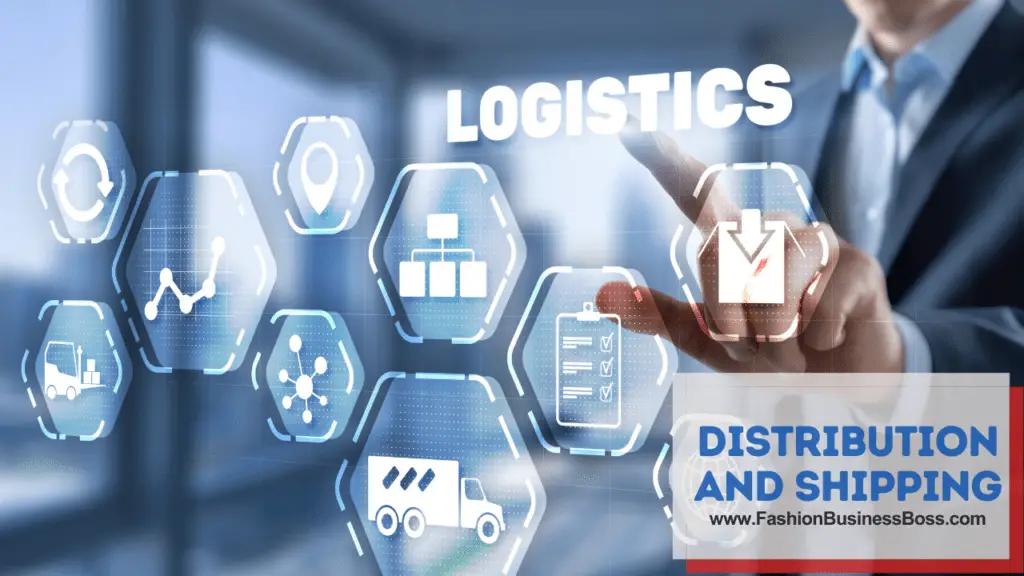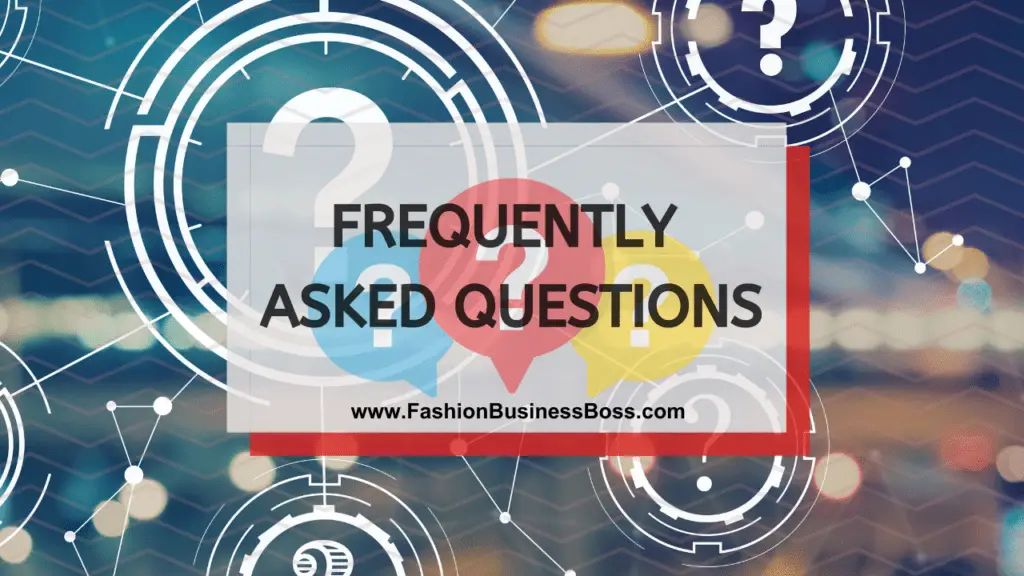Are you ready to turn your fashion dreams into reality? Starting a clothing brand is a thrilling journey, but it’s essential to have a clear understanding of the financial aspects involved.
Starting a clothing brand? Plan carefully: business strategy, designs, materials, production, inventory, e-commerce, shipping, staffing, contingency, insurance, launch. Growth demands thoughtful preparation.
In this article, we’ll break down the costs associated with launching your own clothing brand, from design to production and beyond.
Business Plan

To establish a strong foundation for your clothing brand, begin with a well-structured business plan. This crucial document provides a clear path for your future endeavors. Let’s break down its essential components:
Firstly, delve into researching your target audience. Gain a deep understanding of potential customers, their preferences, and their needs. This knowledge will serve as a compass, directing your product development and marketing strategies.
Next, shape your brand identity. Define the core values of your clothing brand and how you wish it to be perceived by your clientele. A distinct brand identity fosters a unified and attractive image.
Now, chart your short-term and long-term objectives. Short-term goals pertain to immediate accomplishments, like launching your brand, while long-term goals encompass your ambitions for the future, such as expanding your market presence.
By including these three elements in your business plan, you’ll be well-equipped to make informed financial choices. Your plan acts as a navigational guide, ensuring you stay on course and providing direction throughout your journey in the clothing brand industry.
Read more about: Crafting Unique Style: Creating Your Brand of Clothes
Design and Development
The essence of your clothing brand lies in crafting one-of-a-kind and attractive designs. Let’s delve into the details of this pivotal phase:
At the core of your clothing brand is the process of designing and developing your products. This stage is all about creating clothing items that stand out and capture the attention of your target customers.
The costs associated with design and development encompass several key elements. First, you may need to hire skilled designers who can bring your creative vision to life. Their expertise is crucial in shaping the unique identity of your clothing line.
Investing in design software is often necessary. This software facilitates the creation and refinement of your designs, enabling your team to work efficiently and produce high-quality products.
Lastly, consider the expenses associated with sourcing inspiration materials. These can include fabric samples, color swatches, and fashion magazines that help spark ideas and guide your design process.
Fabric and Materials
The choice of fabrics and materials is of utmost importance in the creation of your clothing brand. Let’s delve into the details of this crucial phase:
When it comes to fabric and material selection, making the right choices is vital. It directly impacts the quality and appeal of the clothing you intend to produce. To make informed decisions in this regard, consider the following steps:
Firstly, analyze the type of clothing you plan to manufacture. Different garments require different materials for optimal results. Consider the comfort, durability, and style of fabrics that align with your brand’s vision.
Next, calculate the costs associated with acquiring these materials in bulk quantities. Bulk purchasing often offers cost savings, but it’s essential to budget for these upfront expenses.
If you intend to source materials internationally, remember to account for shipping costs and import taxes. These factors can significantly affect your overall material expenses.
By carefully considering these factors and budgeting accordingly, you’ll be better equipped to ensure that the fabrics and materials you choose align with your brand’s vision and meet the needs of your target market. This attention to detail is a key step in the journey of establishing your clothing brand.
Manufacturing

The decision between in-house manufacturing and outsourcing production is a pivotal one in the creation of your clothing brand. Let’s explore the considerations involved in this phase:
Manufacturing is a critical aspect of your clothing brand’s journey. It’s essential to determine whether you will handle production in-house or choose to outsource it to external facilities. Each option has its own associated costs and benefits.
If you opt for in-house production, be prepared to invest in necessary equipment, workspace, and skilled labor. You’ll need the tools and machinery to bring your designs to life, as well as a suitable area for manufacturing. Hiring skilled workers is crucial to ensure the quality of your products.
On the other hand, outsourcing involves sending your designs to external production facilities. While this can reduce the need for specialized equipment and space, it comes with production and shipping fees. These costs should be factored into your budget.
Ultimately, the choice between in-house and outsourcing production depends on your resources and business model. Careful consideration of the associated costs and benefits will help you determine the most suitable approach for your clothing brand.
Read more about: Crafting Fashion: Design and Sew Your Personal Wardrobe
Inventory and Stocking
Building and managing inventory is a critical aspect of preparing your clothing brand for launch and ongoing sales. Let’s break down the key factors in this phase:
To ensure a smooth start and continuous supply for your clothing brand, you must build up a sufficient inventory. This inventory will include the clothing items you plan to sell.
Firstly, take into account the costs associated with warehousing. You’ll need a place to store your inventory, and this comes with expenses such as rent, utilities, and storage equipment.
Next, consider implementing an effective inventory management system. Such a system helps you keep track of your stock, ensuring that you always have the right items available for your customers. Investing in software or tools to manage your inventory is essential for efficiency.
Don’t forget to budget for packaging materials. These materials are crucial for shipping your products safely to customers. Packaging costs can include boxes, labels, and protective materials.
By accounting for these aspects of inventory and stocking in your budget, you’ll be well-prepared to meet customer demand and provide a seamless shopping experience when launching and running your clothing brand. This attention to detail is essential for the smooth operation of your business.
E-commerce Platform
Establishing a user-friendly e-commerce platform is essential if you intend to sell your clothing brand online. Let’s delve into the details of this crucial phase, including cost estimates:
When venturing into online clothing sales, having an effective e-commerce platform is key to reaching your customers. Here’s what you need to consider:
Firstly, you’ll need a website to showcase your products. This involves costs for website hosting, which can range from $10 to $100 or more per month, depending on your hosting provider and the features you require.
Next, you’ll need a secure payment processing system to handle customer transactions. Payment gateways typically charge a small percentage (around 2-3%) plus a fixed fee (around $0.30) per transaction.
Ensuring the security of your website is crucial to protect customer data. Security features such as SSL certificates may cost around $50 to $100 per year.
To sum it up, setting up an e-commerce platform for your clothing brand may cost around $1,000 to $2,000 annually, considering hosting, payment processing, and security expenses. This investment is vital to provide a safe and convenient shopping experience for your online customers.
Distribution and Shipping

Distributing your clothing brand to customers is a crucial aspect of your business. Let’s discuss this phase, including cost estimates:
Ensuring that your products reach your customers efficiently is a vital consideration. Here’s what you need to keep in mind:
Firstly, you must calculate shipping costs. Shipping expenses can vary widely depending on the size and weight of your clothing items, as well as the distance they need to travel. For example, shipping a single T-shirt domestically within the United States can cost around $3 to $5.
Secondly, selecting a reliable shipping provider is essential. The choice of carrier can impact shipping costs and delivery times. It’s advisable to compare rates and services offered by different carriers to find the best fit for your brand.
Lastly, don’t overlook returns and exchanges. Providing a smooth return process is essential for customer satisfaction. Be prepared to cover return shipping costs, which can be similar to the initial shipping expenses.
Read more about: Crafting Couture: Making Designer Clothes Yourself
Staffing and Salaries
As your clothing brand expands, the possibility of hiring employees arises. Let’s discuss this phase, including cost estimates:
If your brand experiences growth and increased demand, it may become necessary to bring employees on board to help with various aspects of your business. Here are key considerations:
Firstly, when budgeting for staffing, you need to account for salaries. The amount you pay your employees will depend on their roles and responsibilities. For instance, a sales associate may earn an average salary of $25,000 to $40,000 per year, while a skilled designer could earn substantially more.
Secondly, consider employee benefits. These may include health insurance, retirement contributions, and paid time off. Benefits can typically account for an additional 20% to 30% of an employee’s salary.
Lastly, factor in training costs for new hires. Training expenses can vary widely, depending on the complexity of the roles and the training methods you employ. On average, training costs may range from a few hundred to a few thousand dollars per employee.
Contingency Fund
Preparing for unexpected expenses is a prudent financial practice in the journey of your clothing brand. Let’s explore this phase, including cost estimates:
An essential aspect of financial planning is establishing a contingency fund. This fund serves as a safety net for unforeseen events or expenses that may arise during the operation of your clothing brand.
Creating a contingency fund involves setting aside a portion of your budget to address unexpected challenges. The amount you allocate to this fund depends on your overall budget and the level of risk associated with your business.
A commonly recommended approach is to allocate around 10% to 20% of your total budget to the contingency fund. For instance, if your initial budget for starting your clothing brand is $50,000, setting aside $5,000 to $10,000 for unforeseen expenses is a reasonable estimate.
Unforeseen expenses can include unexpected equipment repairs, sudden increases in material costs, or emergency marketing efforts. Having a contingency fund ensures that you have the financial flexibility to handle these situations without disrupting your business operations or straining your budget.
Business Insurance

Safeguarding your investment through suitable business insurance is a vital financial consideration for your clothing brand. Let’s explore this phase, including cost estimates:
To shield your clothing brand from potential risks and unforeseen events, acquiring the right business insurance is essential. Here’s what you need to understand:
Firstly, business insurance can encompass various types, including liability insurance and property insurance. The cost of insurance premiums depends on several factors, such as the type of coverage, your location, and the size of your business.
For instance, general liability insurance, which covers accidents or injuries on your premises, can cost around $500 to $1,000 per year for a small clothing brand. Property insurance, which protects your assets, may range from $1,000 to $3,000 per year, depending on the value of your property and its location.
Other types of insurance, such as product liability insurance or business interruption insurance, may be necessary based on your specific business needs. These can add varying costs to your overall insurance expenses.
Read more about: Crafting Couture: Exploring Clothing Manufacturers For Startups
Launch and Promotion
The launch and promotion of your clothing brand are pivotal moments in your business journey. Let’s discuss this phase, including cost estimates:
When preparing to introduce your clothing brand to the world, it’s essential to allocate a budget for launch-related expenses. These expenses are crucial for generating excitement and attracting your target audience. Here’s what you need to consider:
Firstly, product photography is a significant part of your launch. High-quality images showcase your clothing in the best light. Professional photographers typically charge between $500 to $2,500 for a full-day shoot, depending on their expertise and location.
Secondly, event rentals may be necessary if you plan to host a launch event. Costs for event space, decorations, and catering can vary widely, but a ballpark estimate for a small launch event might range from $1,000 to $5,000 or more.
Lastly, giveaways and promotional items are a great way to create buzz. Budgeting for these items can range from a few hundred to a few thousand dollars, depending on the quantity and quality of the items you choose to give away.
Conclusion
Starting a clothing brand requires careful financial planning and a realistic understanding of costs. It’s essential to strike a balance between quality and budget, ensuring your brand’s growth in a competitive market.
Frequently Asked Questions

Q: What are the key considerations when designing clothing for a new brand?
A: When designing for a clothing brand, it’s crucial to focus on uniqueness, target audience preferences, and sourcing inspiration materials.
Q: How can I determine the most cost-effective way to manufacture clothing for my brand?
A: To choose between in-house production and outsourcing, assess equipment, labor, and shipping costs, aligning with your brand’s scale and goals.
Q: What should be included in the budget for launching and promoting a clothing brand?
A: Budget for launch-related expenses, such as product photography, event rentals, giveaways, and marketing campaigns, to generate brand awareness effectively.
To learn more about starting your own clothing business, check out my startup documents here.
Please note that the contents of this blog are for informational and entertainment purposes only and should not be construed as legal advice. Any action taken based on the information provided in this blog is solely at your own risk. Additionally, all images used in this blog are generated under the CC0 license of Creative Commons, which means they are free to use for any purpose without attribution.

Meet Shawn Chun: Entrepreneur and Fashion Business Fan.
I’m a happy individual who happens to be an entrepreneur. I have owned several types of businesses in my life from a coffee shop to an import and export business to an online review business plus a few more and now I create online resources for those interested in starting new ventures. It’s demanding work but I love it. I do it for those passionate about their business and their goals. That’s why when I meet a designer or boutique owner at a craft fair, farmers market, retail location or anywhere else I see myself. I know how hard the struggle is to retain clients, find good employees and keep the business growing all while trying to stay competitive.
That’s why I created Fashion Business Boss: I want to help fashion business owners like you build a thriving business that brings you endless joy and supports your ideal lifestyle.

